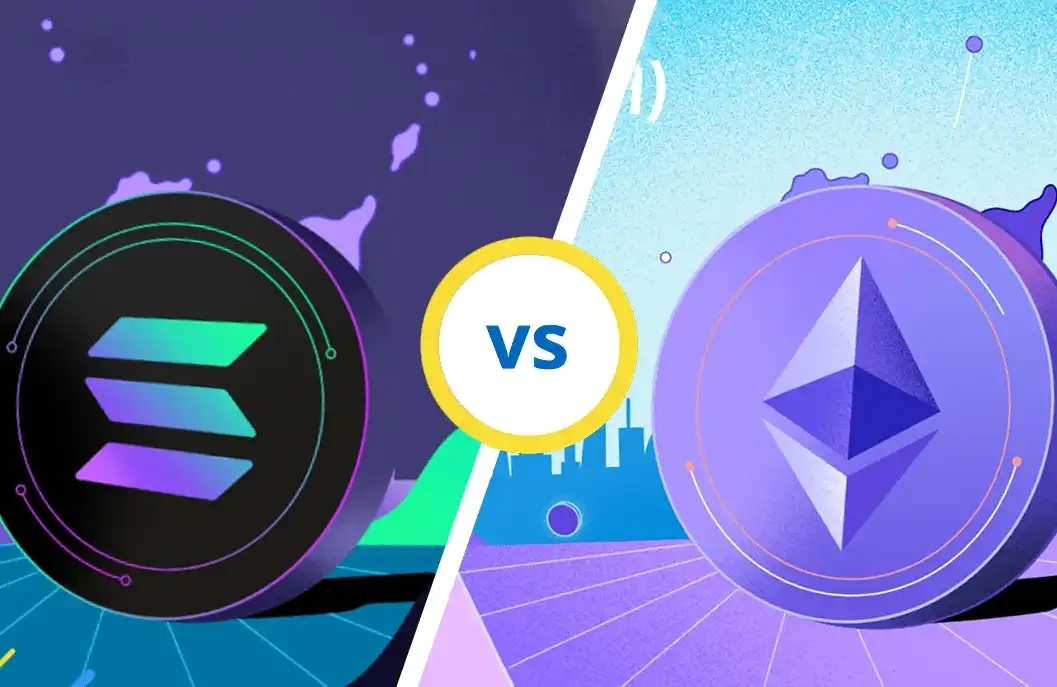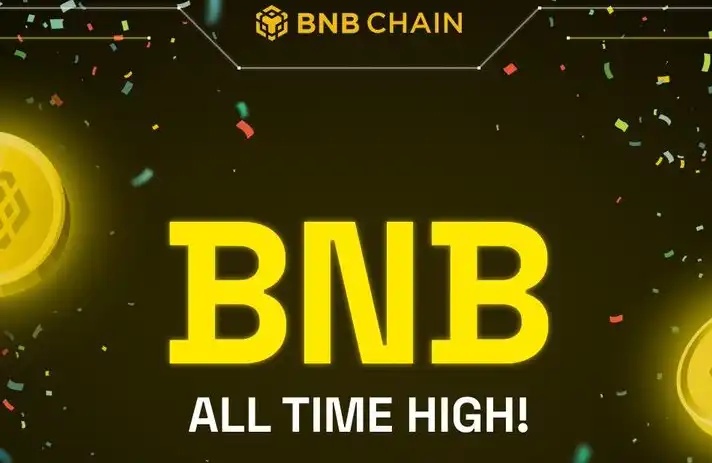From Leader to Follower: Why SOL Struggles to Keep Up with ETH's Momentum
On August 13, ETH strongly broke through $4,700, hitting a new high in four years, while during the same period, SOL seemed to struggle, lingering around $200. In 2024, Pump.fun led to a meme frenzy across the entire Solana chain, and earlier in the year, Trump even launched $TRUMP on it, driving SOL's price to nearly $300, sparking widespread calls for "Solana to replace ETH."
However, the actual trend provided the market with a sobering answer. Despite ETH and SOL both advancing treasury strategies, attempting to accumulate "ammunition" for their ecosystems, their performances clearly diverged—the SOL/ETH exchange rate plummeted from 0.09 at the beginning of the year to 0.042, maintaining a weak trend throughout the year. The underlying reasons may not only be price fluctuations but also a comprehensive reflection of narrative heat, ecosystem structure, and differences in funding expectations.

Treasury Strategy: Discrepancy Between Key Figures and Fund Size
On June 30, Wall Street's "counter-trend bull" Tom Lee, parachuted in as Chairman of BitMine, when ETH was still hovering around $2,500. Just a month and a half later, ETH surged straight to $4,700, a staggering 88% increase. Lee, a long-standing figure on frontline financial programs like CNBC and Bloomberg, had already reversed market pessimism with precise "buying the dip" comments during the 2022 US stock market crash. Now, this influential market opinion leader with built-in traffic has become the best spokesperson for ETH's treasury. Meanwhile, ARK Invest under "Wood Sister" also invested $182 million to buy BMNR shares, adding further confidence to the ETH camp.
Furthermore, although both ETH and SOL have treasury strategy firms, the scale differs significantly. In terms of holdings, BTC and ETH's treasury strategy firms dominate the top ten. The lead ETH micro-strategy, BitMine Immersion (BMNR), recently planned to increase its funding size to $20 billion for additional ETH holdings. It currently holds a NAV of $5.3 billion, second only to MSTR. This level of fund size means it has more ample "ammunition" in market fluctuations and a stronger ability to shape the market sentiment. Currently, the leading "SOL micro-strategy" has a NAV of only $365 million, ranking 11th and over ten times smaller than BMNR. Lacking public speakers with global influence like Tom Lee and without an equivalent level of capital firepower, SOL naturally appears to be struggling in this market cycle.

However, recent developments in the Solana ecosystem are gradually addressing this shortfall. On August 12, the "SOL Microstrategy" Upexi established a new advisory board and appointed Arthur Hayes as its inaugural member. Hayes, the co-founder of BitMEX and the pioneer of perpetual contracts, has previously worked as a trader at Deutsche Bank and Citigroup and now leads the digital asset investment fund Maelstrom. With a background in traditional finance and a deep understanding of the crypto market structure, he can provide hands-on guidance for institutional financing and digital asset strategies.

Upexi's strategic objective is clear: to leverage Solana's scalability and efficiency to further expand its position in SOL. According to public documents, the company currently holds over 1.8 million SOL tokens (valued at approximately $365 million) and staking a portion of its holdings to earn a 7%–9% yield, ensuring both long-term holding and creating a stable cash flow. It is worth noting that the company will acquire locked SOL at a discounted price, generating returns for shareholders. Upexi will recruit more members to join the advisory board in the future, providing the company with expertise in cryptocurrencies and the financial sector.
Meanwhile, other publicly listed companies are also increasing their SOL holdings. For example, DFDV has further expanded its SOL holdings, with a total holding of over 1 million tokens; BTCM disclosed a new purchase of about 27,190 SOL tokens and plans to convert some of its crypto assets to Solana. This institutional demand is expected to reduce circulating chips in the secondary market, thereby creating support at the supply-demand level.
ETH ETF Leads the Way, SOL ETF Awaits Breakthrough
The management size of the ETH spot ETF has surpassed $22 billion, not only confirming institutional recognition of ETH but also rapidly establishing its absolute advantage in liquidity and market depth. With the continuous inflow of institutional funds, BlackRock also submitted an ETH ETF deposit application last month. Once approved, it will provide stable staking returns to holders and attract more long-term capital.
In contrast, despite REX-Osprey launching a Solana ETF (SSK) with a staking mechanism in July, market enthusiasm has been low. Most trading days have seen zero net inflows, with cumulative inflows since listing totaling only about $150 million. The ETF is not a standard spot ETF registered with the SEC but holds SOL indirectly through other vehicles, combining a staking mechanism with an offshore ETF structure. This structure adds complexity to understanding and operation, causing some institutions to remain cautious. The issuer, REX, lacks the brand and channel influence of Wall Street giants like BlackRock and Fidelity and lacks endorsement from heavyweight institutions.
The current market focus is shifting towards the SOL spot ETF applications from VanEck, Grayscale, and others expected to be approved in October. Once regulatory clearance is obtained and coupled with treasury strategy-driven funding, if institutional investors begin to seek diversification into other high-quality assets from BTC and ETH, the SOL ETF may usher in a new growth point for the Solana ecosystem.
The Fork in the Road of Application Narratives
From the perspective of application narratives, the current paths of ETH and Solana are heading in two distinctly different directions.
Ethereum is steadily building a compliant, sustainable on-chain financial infrastructure. The surge of stablecoins has been described by Tom Lee as the "ChatGPT moment" of the crypto industry. Currently, the global stablecoin market cap has surpassed $2.5 trillion, with over half of the supply and around 30% of gas fees transacted on the Ethereum network. This not only further solidifies ETH's core position in the payment and settlement system but also provides a continuous cash flow for staking, DeFi yields, and on-chain infrastructure businesses.
Additionally, platforms like Robinhood issuing stock tokens on Ethereum Layer 2, and Coinbase heavily developing the Base chain ecosystem, have brought more application scenarios to ETH. Currently, Ethereum has almost become the only mainnet that can simultaneously meet regulatory adaptability, ecosystem maturity, and economies of scale. Once ETH occupies a key node in stablecoin payments and RWA settlement, its strategic position will be prioritized by financial institutions akin to a "structural call option."
On the other hand, the main narrative of Solana is more centered around meme coins and the well-trodden path of high-volatility races like Launchpad battles, despite multiple attempts this year to enter the RWA field with slogans like "Internet Capital Market," supporting a series of tokens such as $IBRL and Believe ecosystem, all of which ended in failure. However, a turning point has recently emerged. On August 8th, CMB International under China Merchants Bank joined hands with Singapore-based DigiFT and Solana blockchain service provider OnChain to tokenize a U.S. dollar money market fund that is recognized in Hong Kong and Singapore, issuing CMBMINT on-chain, setting a benchmark for cross-border RWA compliance cooperation. On the same day, SOL's price broke through $200, and the market immediately viewed it as a potential new narrative starting point, hoping that this new application scenario could open up broader institutional funding channels for Solana.
Summary
Currently, although Solana still lags behind ETH in key metrics such as market popularity and exchange rate performance, its underlying competitiveness and potential have not been weakened. As the "American chain," it naturally possesses a higher level of regulatory adaptability and capital acceptance. At present, ETH has gained institutional favor by relying on treasury strategies, the ETF craze, RWA, and stablecoin applications, but this has also created an opportunity for SOL for a "recovery" and narrative switch.
Structurally, the expected approval of a spot ETF will open up new institutional funding channels for SOL. Once products from giants like VanEck and Grayscale are approved, market liquidity and trading depth may experience a significant increase. The cross-border implementation of RWAs also proves that Solana's application capabilities on a high-performance public chain are not limited to memes and Launchpads. There is still significant room for improvement in Solana's penetration in the fields of DeFi, payments, and asset tokenization in the future. The current pullback seems more like a power-up rather than a curtain call.
Welcome to join the official BlockBeats community:
Telegram Subscription Group: https://t.me/theblockbeats
Telegram Discussion Group: https://t.me/BlockBeats_App
Official Twitter Account: https://twitter.com/BlockBeatsAsia
 Forum
Forum

 Finance
Finance
 Specials
Specials
 On-chain Eco
On-chain Eco
 Entry
Entry
 Podcasts
Podcasts
 Activities
Activities
 OPRR
OPRR









